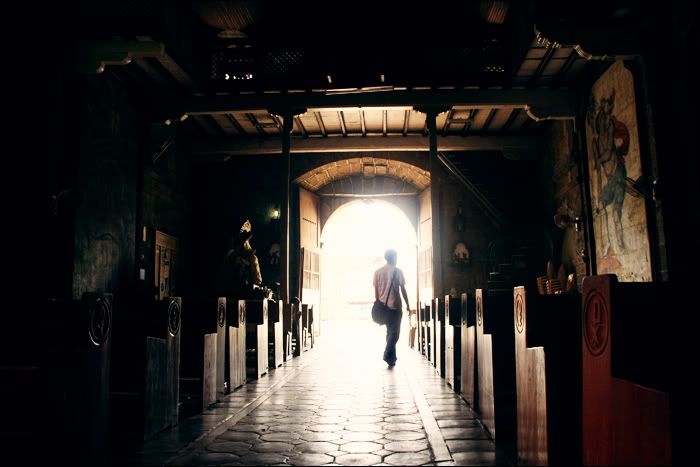
I think Evangelicals and Catholics Together (ECT)
and similar efforts to make common cause with Roman Catholics are based
on a fundamental misunderstanding of where the Roman Catholic Church is
theologically and what it actually teaches. There is no question that
the Roman Catholic Church has changed since the sixteenth century. But
the changes have not closed the gap between Rome and Protestantism.
Indeed, the differences are greater now. For instance, the formally
defined proclamation of the infallibility of the pope and all of the
Mariology statements have come since the Reformation. Neither has Rome
backed down from any of the positions it took in the sixteenth-century
debate. In the updated Catechism of the Catholic Church, released in the
mid-1990s, the treasury of merit, purgatory, indulgences, justification
through the sacraments, and other doctrines were reaffirmed.
I think this misunderstanding has been driven primarily by confusion over the significance of Vatican Council II
(1962–65). It was only the second ecumenical council of the Roman
Catholic Church since Trent, the other being Vatican Council I
(1869–70). So, these councils are rare events, and the church and the
world were surprised when Pope John XXIII convened Vatican II.
The statements produced by Vatican I referred to Protestants as
schismatics and heretics. In marked contrast, the rhetoric of Vatican II
was kind, warm, and appeasing. Protestants were called “separated
brethren.” John’s passion, which he set forth in a pastoral letter, was
that the Lord’s sheepfold would be one. There should be unity under one
shepherd, he said, with all Christians returning to Holy Mother Church
under the Roman pontiff. John was seen as kind, avuncular, and warm, so
people jumped to the conclusion that Rome had changed its theology.
However, many overlooked the fact that John ruled out any debate about
justification at Vatican II. Continue at R. C. Sproul



